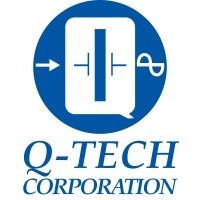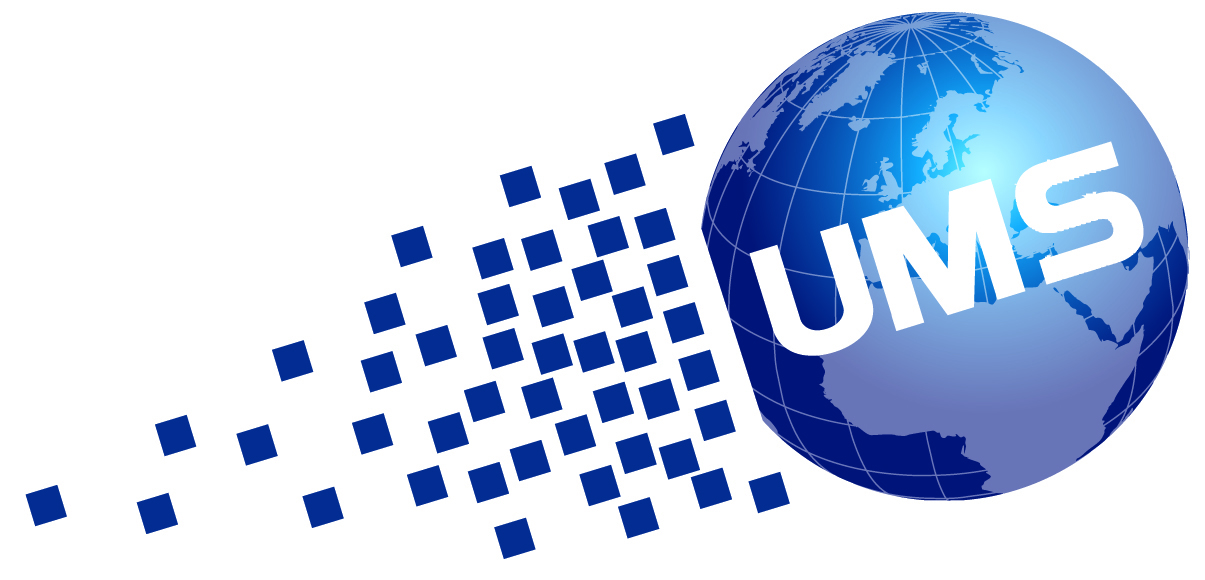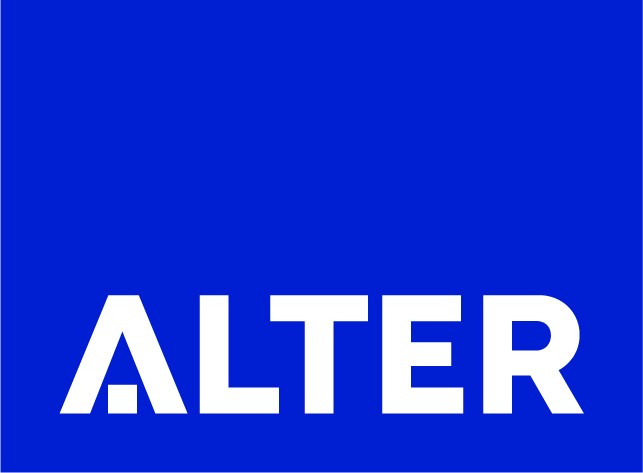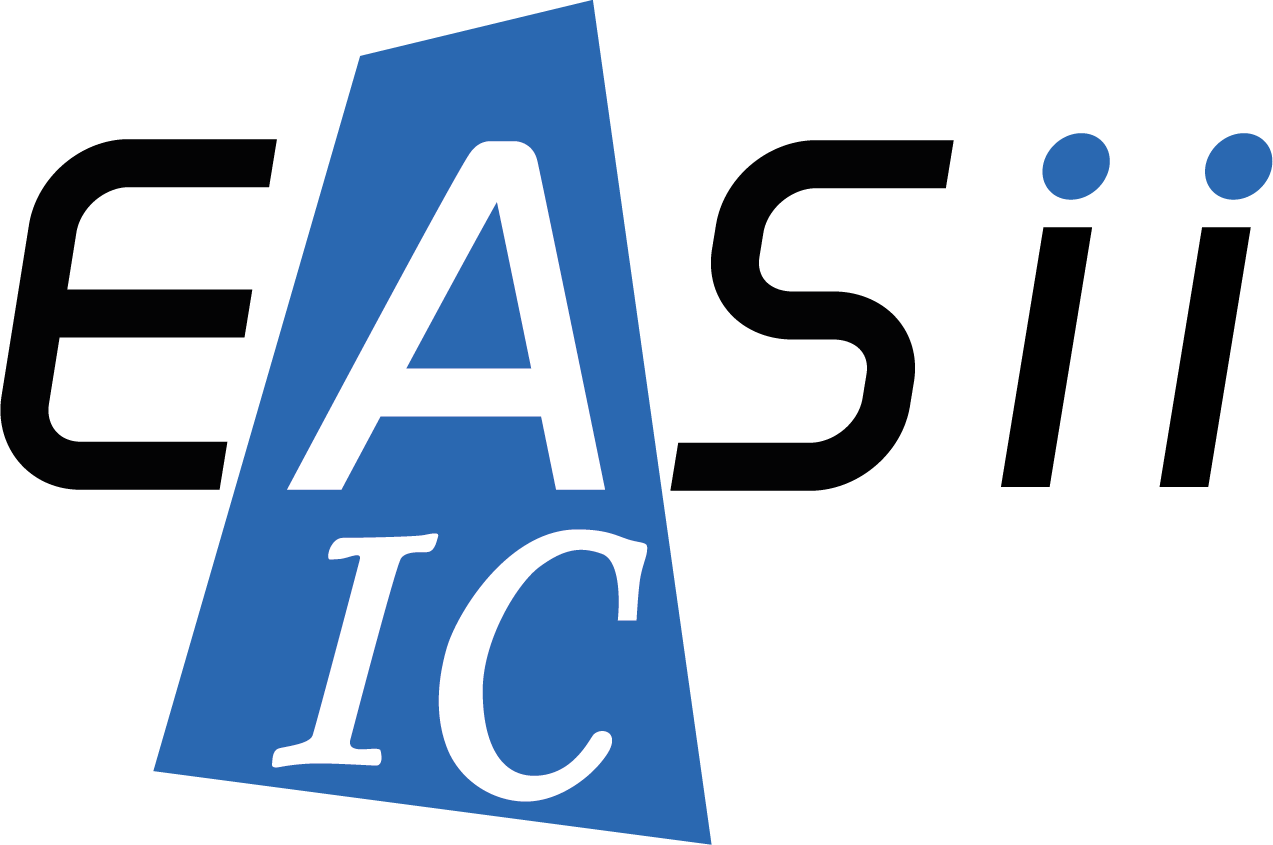Export Control Classification and Regulation
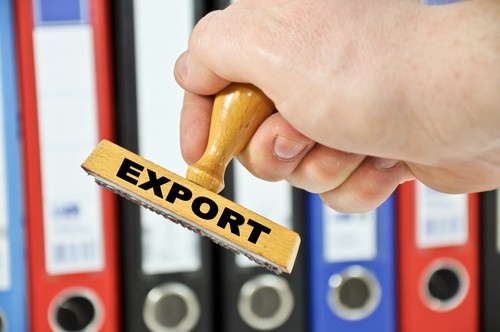
- Home
- /
- POSTS
- /
- Technology
- /
- Export Control Classification and Regulation
Export Control Classification Number (ECCN) and Export Administration Regulation (EAR99)
Most of the products, services, and technologies that fall within the scope of the Export Administration Regulations (EAR) are not specifically controlled for export, and are given the classification of EAR99. They fall under U.S. Department of Commerce jurisdiction and are not listed on the Commerce Control List (CCL).
EAR99 items generally consist of low-technology consumer goods and do not require a license in most situations.
- EAR99 items can generally be exported without a license but exporters of EAR99 items still need to perform careful due diligence to ensure the item is not going to an embargoed or sanctioned country, a prohibited end-user, or used in a prohibited end-use. If your proposed export of an EAR99 item is to an embargoed country, to an end-user of concern, or in support of a prohibited end-use, you may be required to obtain a license.
- ECCN (short for Export Control Classification Number), is a designation that an item, which can be a tangible or intangible (i.e., software or technology), is controlled because of its specific performance characteristics, qualities, or designed-end use. Unlike an EAR99 designation, which is a broad basket category, an ECCN is much more narrowly defined and are focused on product categories. An ECCN is a five-digit alphanumeric designations that categorize items based on the nature of the product, i.e. type of commodity, software, or technology and its respective technical parameters. An example of an ECCN is 0A979, which corresponds to police helmets and shields. Learn more by viewing the link on how to determine your ECCN.
- DU (short for Dual Use) Dual-use items are goods, software and technology that can be used for both civilian and military applications. The EU controls the export, transit, brokering and technical assistance of dual-use items so that it can contribute to international peace and security and prevent the proliferation of Weapons of Mass Destruction. Learn more Dual-use trade controls
- What is the difference between EAR99 and NLR?
EAR99 is a classification for an item. It indicates that a particular item is subject to the Export Administration Regulations (EAR), but not listed with a specific Export Control Classification Number (ECCN) on the Commerce Control List (CCL). While the classification describes the item, the authorization for shipment of that item may change, depending on the transaction. NLR is the designator of a transaction that stands for the “No License Required” authorization. NLR may be used for either EAR99 items, or items on the CCL that do not require a license for the destination in question, provided no General Prohibitions apply.
- What is the Commerce Control List (CCL)?
The Commerce Control List is listed in the Export Administration Regulations and includes such “dual use” items as commodities, software and technology which are subject to the export licensing authority of the BXA.
The CCL is divided into ten categories and numbered as follows:
0) Nuclear Materials, Facilities, Equipment and Miscellaneous
1) Materials, Chemicals, “Microorganisms,” and Toxins
2) Materials Processing
3) Electronics
4) Computers
5) Telecommunications and Information Security
6) Lasers and Sensors
7) Navigation and Avionics
8) Marine
9) Propulsion Systems, Space Vehicles, and Related Equipment
For more details :
MICROREL offers Consulting Services for High-Reliability EEE Parts Components and RF Microwave parts to the Military Standards requirements for Military and Aerospace applications

